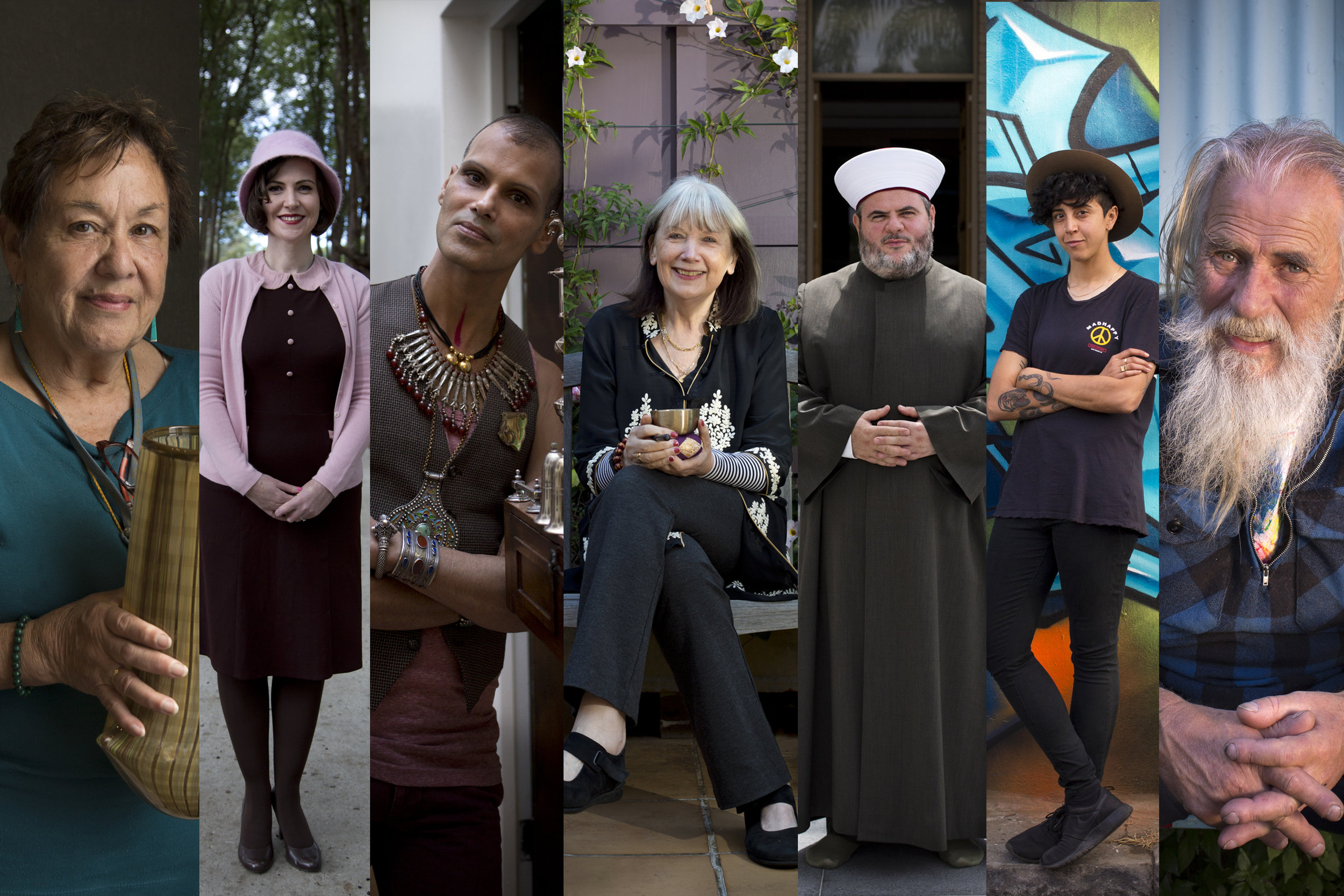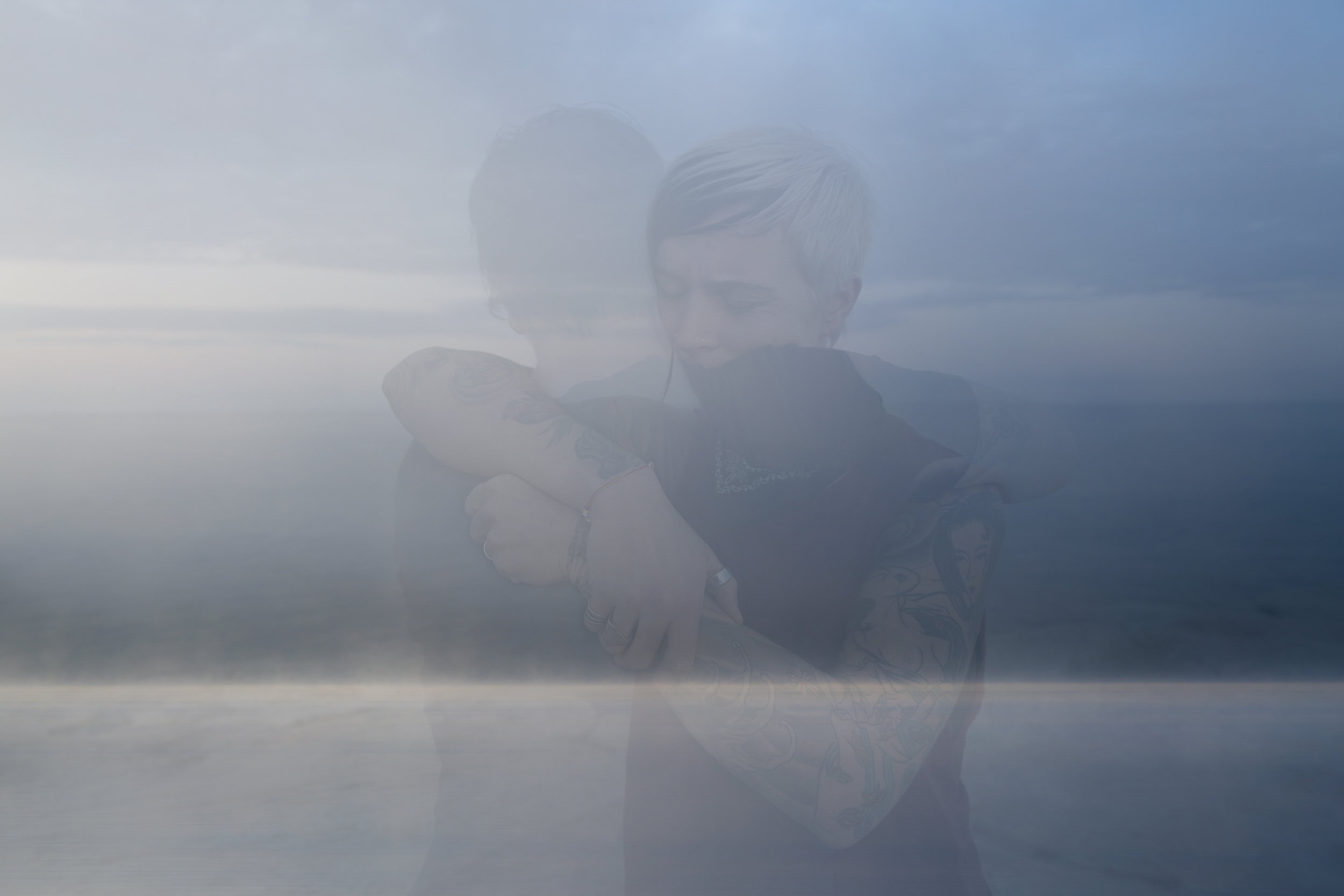
What is death?
What happens when we die?
100 Australians were invited to write a letter responding to these two questions...
“So beautiful - I feel I’m being given the secrets of life through these letters”

About.
Tina FiveAsh
Creator / Photographer
The Death Letter Project was conceived as part of a PhD research project in late 2014. My initial goal was to invite fifty Australians to handwrite a letter, responding to: what is death; and what happens when we die?
The letters, designed for public display alongside photographic portraits of each contributor, were intended to inspire fresh thought, contemplation, re-imagining and conversation about death - undoubtedly the most mystifying, feared, and significantly undiscussed human experience in modern western society.
Since the commencement of this project, as letters gradually began to arrive by mailbox or personal delivery, I would relish the seemingly sacred ritual of reading them: finding a quiet space in which to sit; the sacrosanct moment of unfolding them - followed by the intimate act of reading them - in many cases baring witness to the innermost beliefs, observances, grief, loss and loves of another. As I have discovered with every letter received, I have an insatiable desire and curiosity to learn more about death from the perspective of others - including a select few who have been resuscitated after cardiac arrest and have written about their "death" experiences.
The other dimension to the project - the photographic portraits - were generally taken within weeks of receiving the contributor's letter, and in settings familiar to them. As the photographer, this experience in itself was an intimate act: being invited into the private world of an acquaintance or stranger and directing them (however minimally) in order to best utilize the natural light and create the most engaging portraits.
To conclude, it is my hope that this project continues to expand beyond my initial goal of 50 letters/portraits, and contributes to the re-emergence of death literacy in western culture: normalizing conversations around death, and with any luck, lessening some of the fear and taboo surrounding it.
—Tina FiveAsh
For further information about Tina FiveAsh please visit:
“Tina strikes me as thoughtful, considered, and I think wise”
“These are the most wonderful photos and stories”

Reviews
“You have helped so many people consider death in a healthy way and recover from the trauma of losing someone they have loved.”
“You made it ok to talk about death and for us to sit in that vulnerable space. Thanks”
“Love the death letter project Tina.. great worthwhile work, thanks.. sharing a variety of perspectives on the magnitude of death is thought provoking on the stuff of life..”
“An incredible and moving project xx”
“Thank you for creating this project. I really look forward to reading each letter and seeing the photographs you post. Looks like you’re really cultivating a sense of comfort and OK-ness for people to talk about death whether it’s their own or others.”
Series One of this research was supported by an Australian Government Research Training Program (RTP) Scholarship. Series Two is self-funded by Tina FiveAsh.
